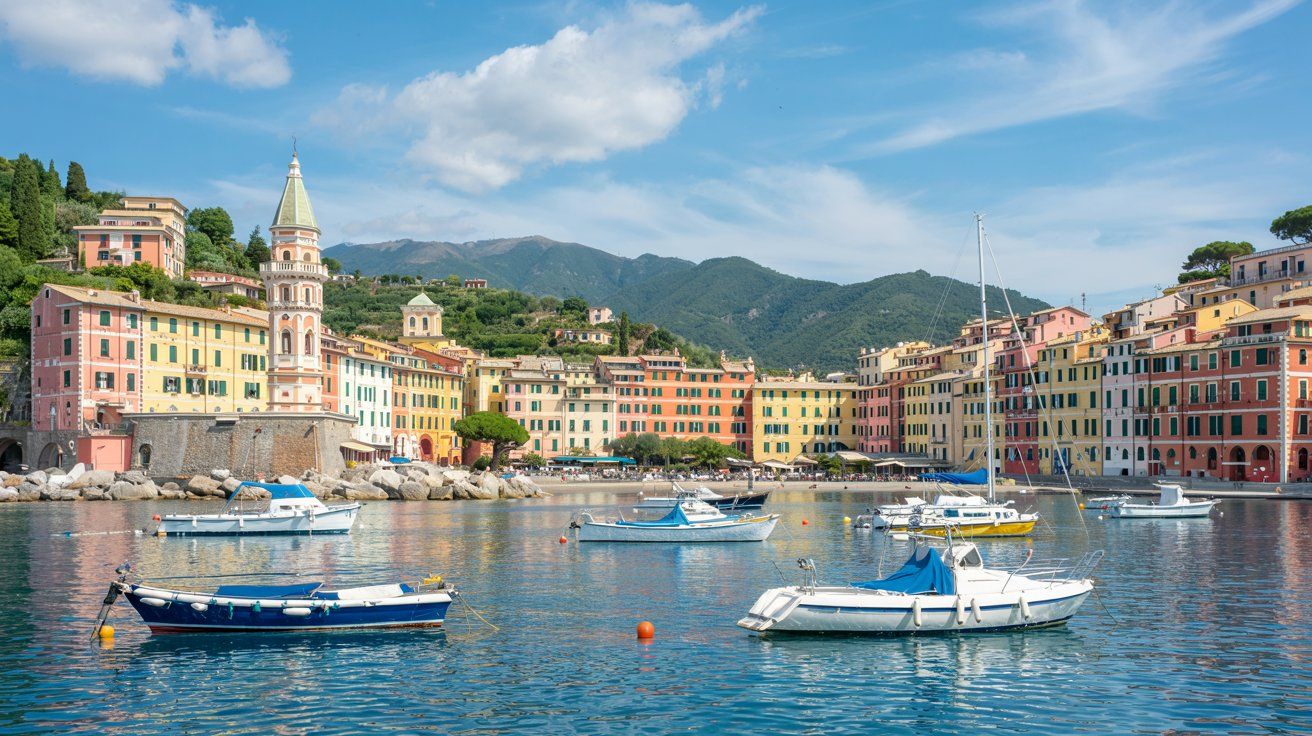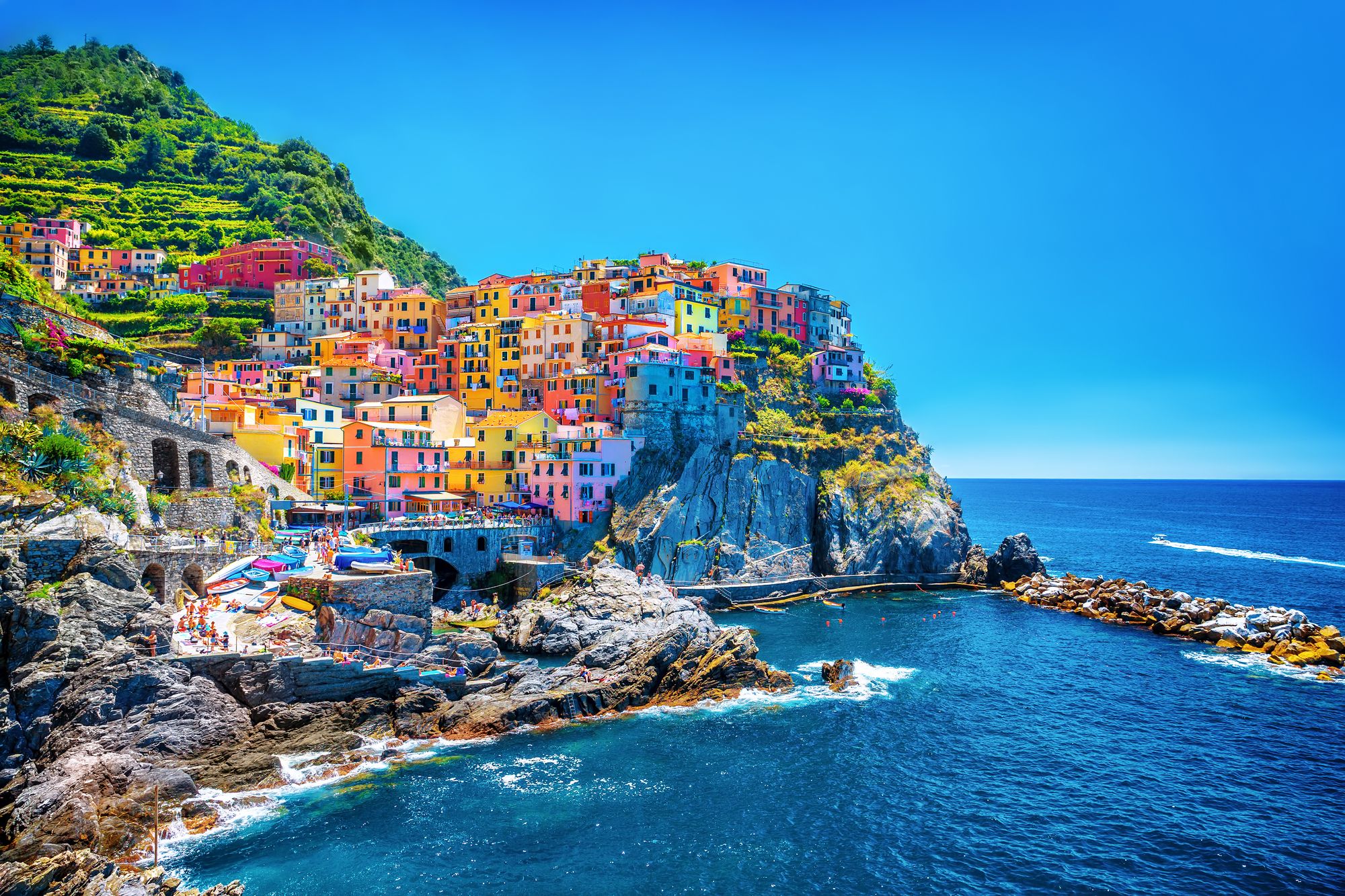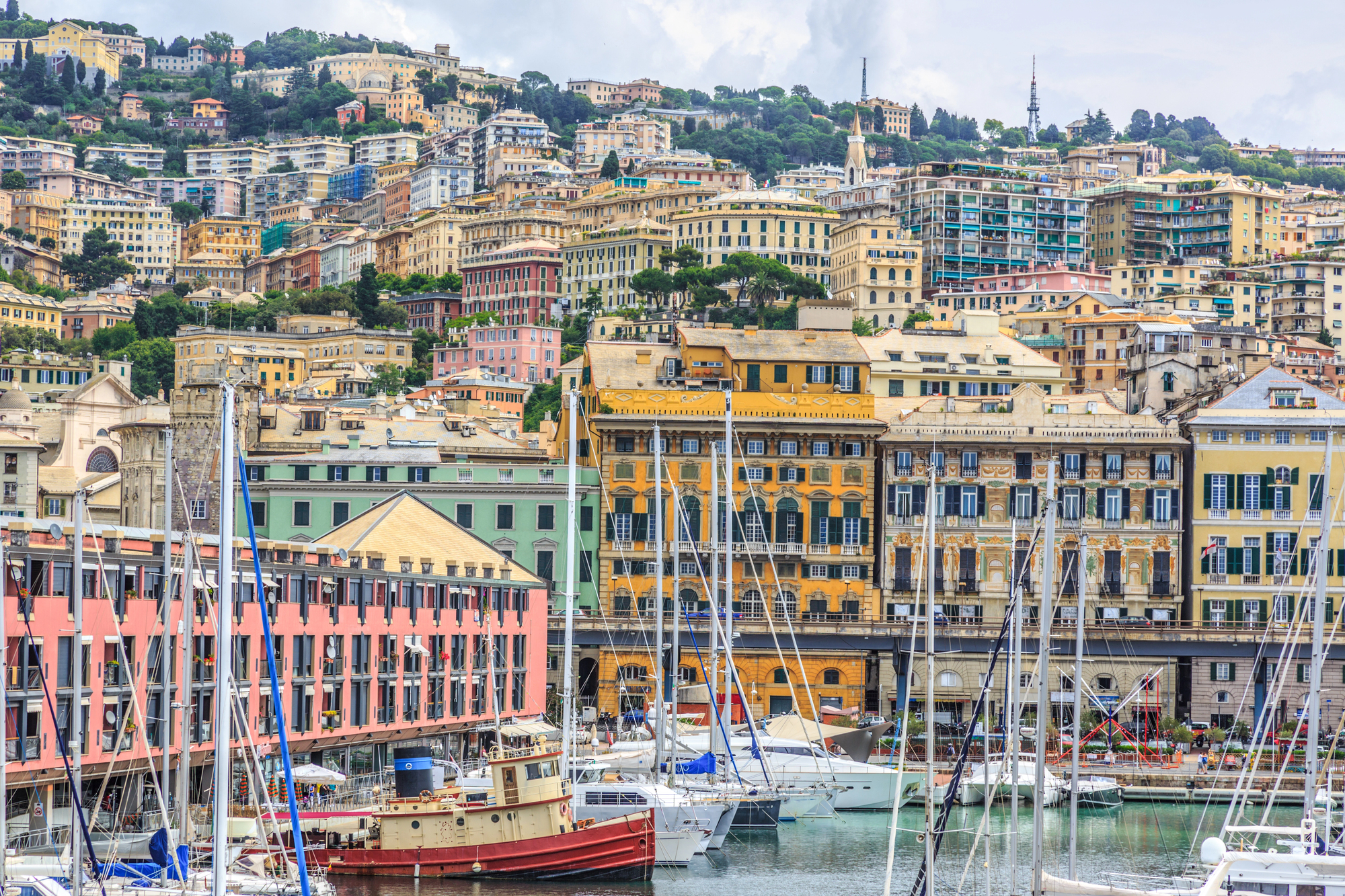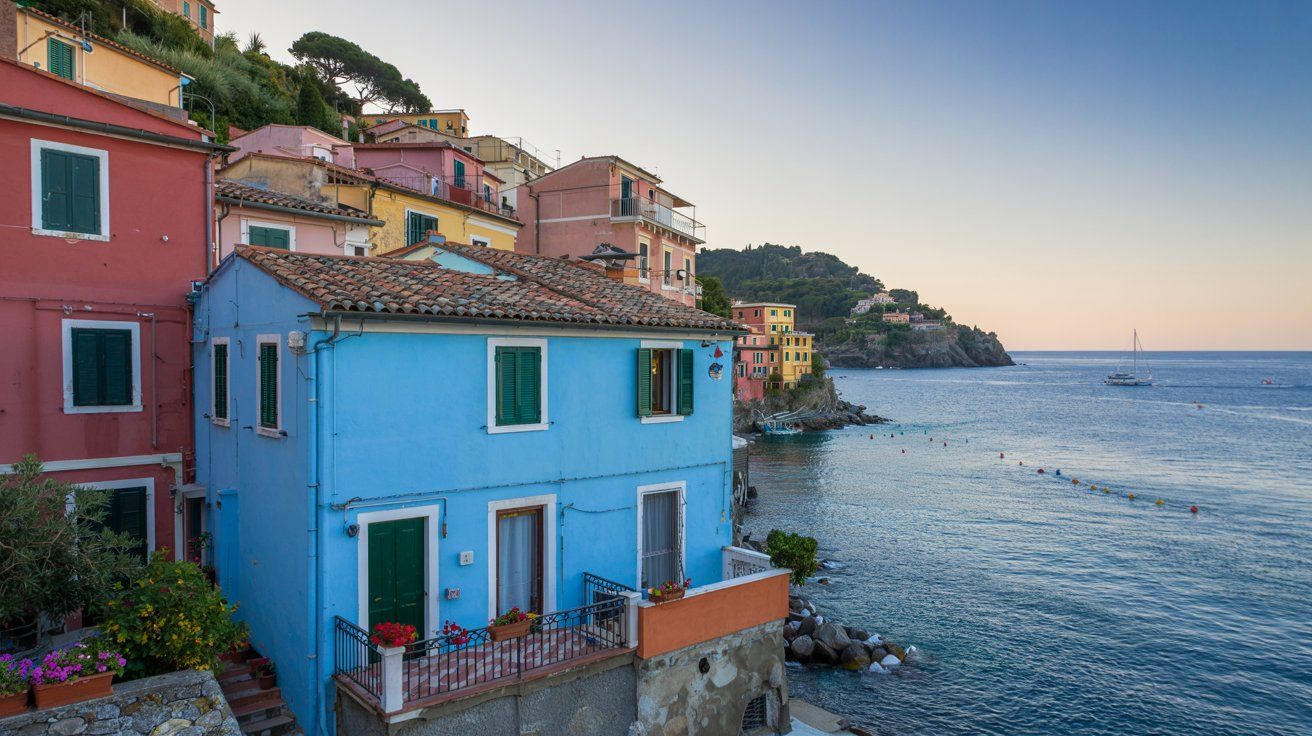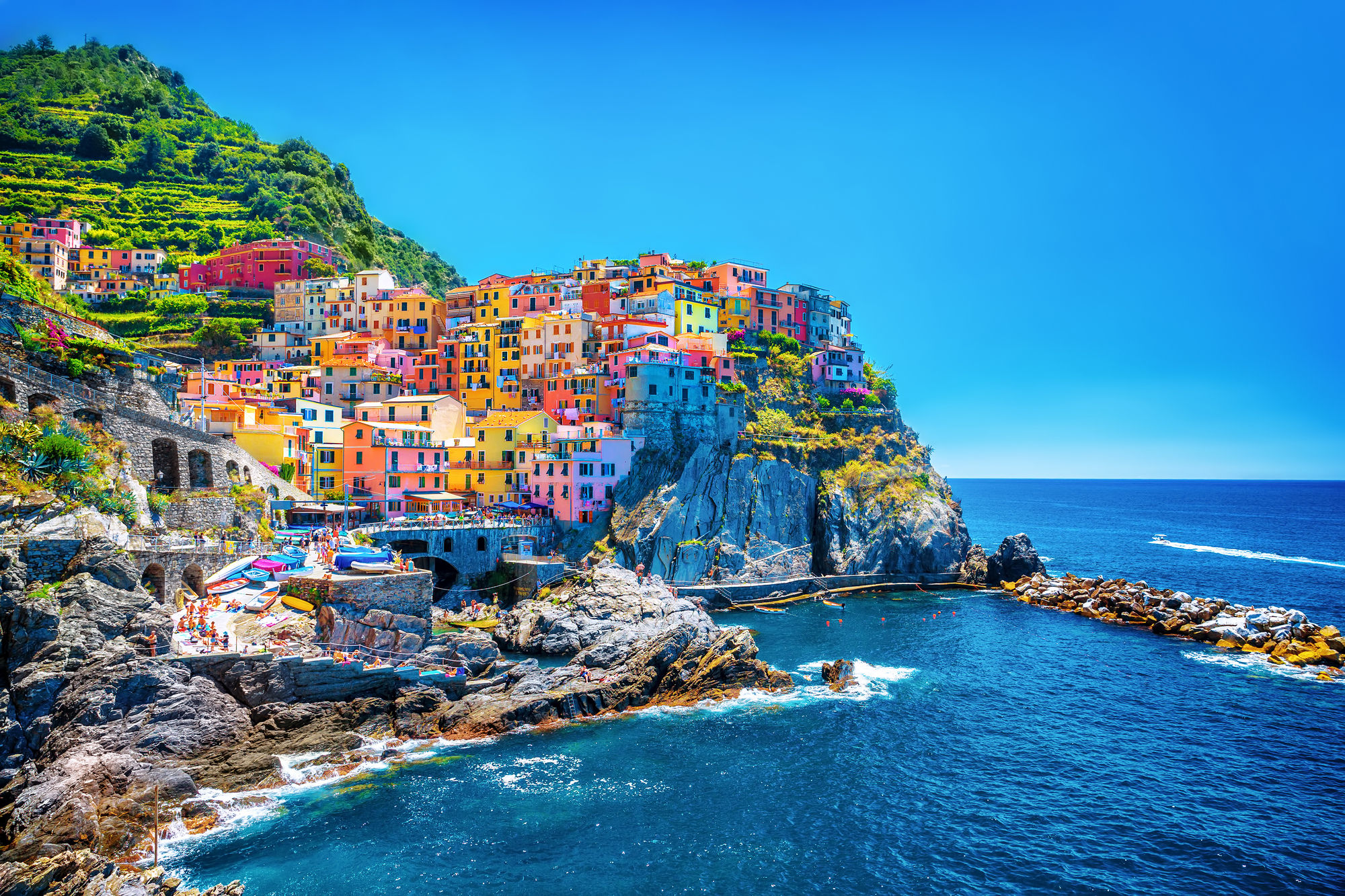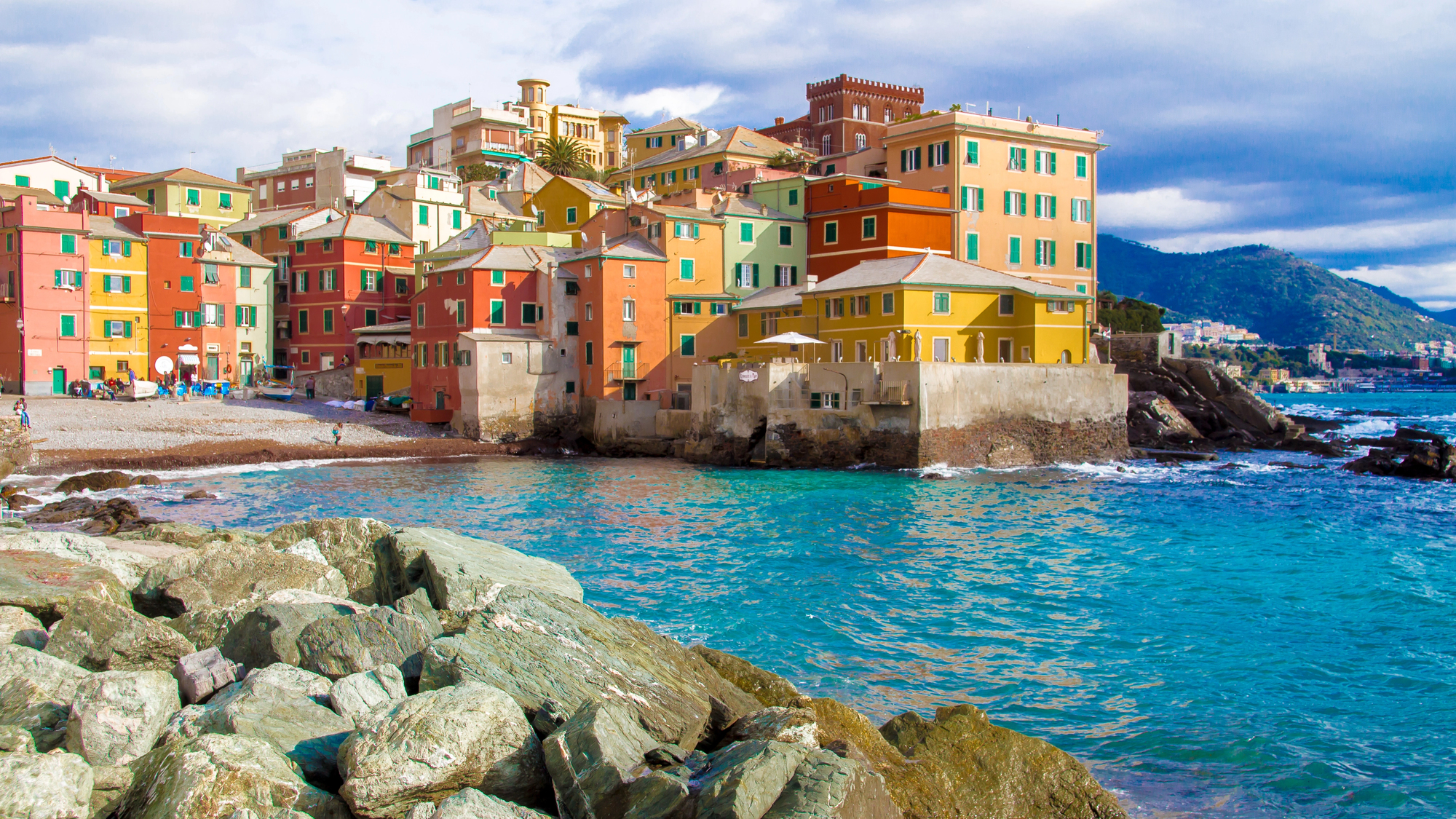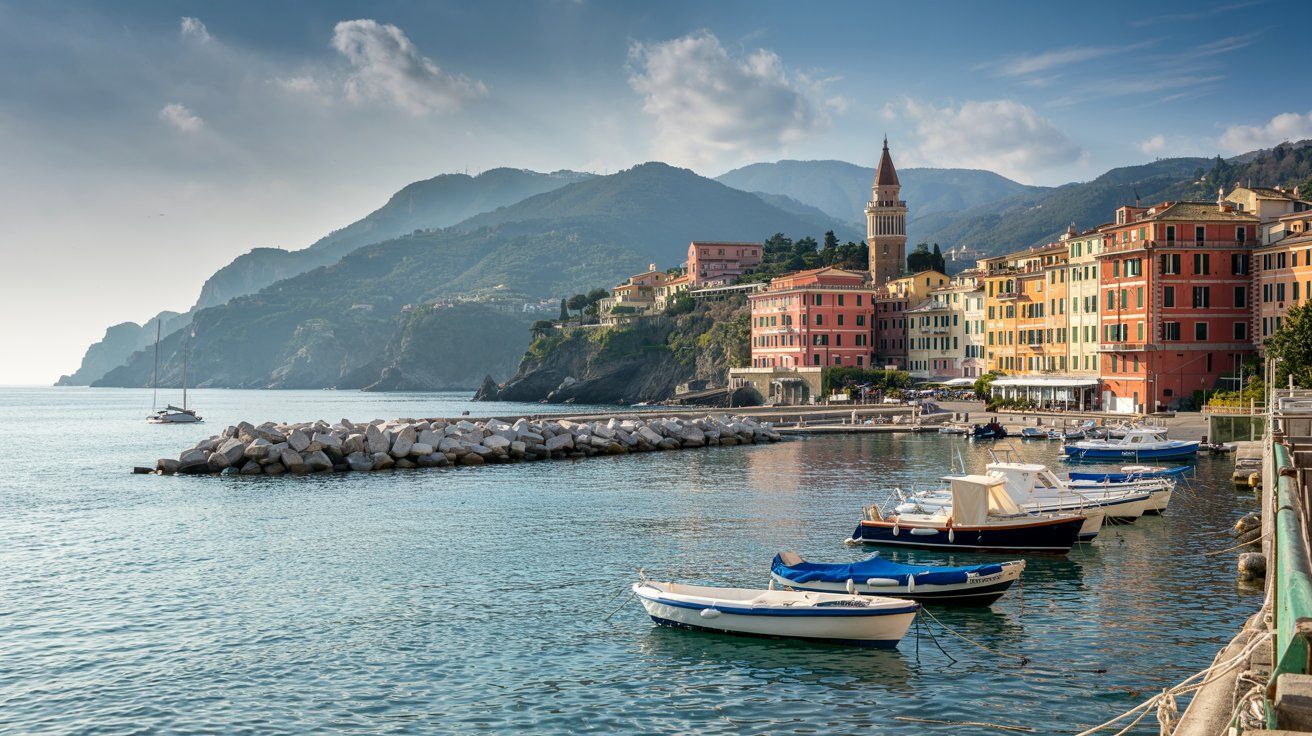Imagine standing on the picturesque shores of the Italian Riviera, where the azure waves meet golden sands. The sun casts its warm glow, inviting you to bask in the beauty of this coastal paradise. But as you plan your day by the sea, it’s crucial to understand what the beach flags mean. In Italy, a red flag on the beach is a clear signal of danger, indicating that swimming is not recommended due to hazardous conditions.
Whether you’re exploring charming towns like Portofino or savoring the sights in Monterosso, knowing the flag system keeps your adventure safe and enjoyable. A red flag alerts you to strong currents or dangerous waves. Acquaint yourself with these signals to fully embrace the allure of the Italian Riviera beaches while ensuring your safety.
Get a discount of 15% to 70% on accommodation in the Italian Riviera! Look for deals here:
Italian Riviera Hotels, Apartments, B&Bs
Significance of the Red Flag
The red flag at the beach is a crucial signal for public safety, especially in Italy’s picturesque coastal towns. It warns visitors of dangerous swimming conditions and urges extreme caution.
Beach Safety Signals
The red flag is a prominent part of the beach safety system in Italy. You will likely encounter this signal in places like the stunning beaches of Genoa or the tranquil shores of Cinque Terre. A red flag warns of hazardous conditions such as strong currents, high waves, or other threats.
These vibrant flags are more than just warnings. They help guide your beach experience by indicating when certain activities should be limited. When you see a red flag, it means the conditions are too hazardous for safe swimming.
Swimming Restrictions
While enjoying Italy’s beautiful beaches, like those in Portofino or Sanremo, it’s essential to pay close attention to beach flags. A red flag indicates that swimming is discouraged due to unsafe conditions. Waves may be particularly high, and currents can be stronger, posing a risk to even experienced swimmers.
By respecting the red flag signal, you protect yourself and others from potential danger. Beaches in regions like the Riviera di Levante take these warnings seriously to ensure visitors have a safe experience. While it might be disappointing to skip a swim, respecting this signal ensures that your beach days are both enjoyable and secure.
Understanding Beach Flags
When visiting Italian beaches, the flag system is crucial for ensuring a safe and enjoyable experience. These flags provide vital information about sea conditions and potential hazards, making it important to understand their meanings.
Flag System Overview
On Italian beaches, flags are used to communicate current sea conditions. Recognizing the colors and what they represent is essential for safety. You’ll find three main flag colors: white, red, and yellow.
A white flag suggests calm seas, inviting visitors to enjoy a swim without worries. A yellow flag warns of strong winds, advising you to be cautious as gusts can affect beach umbrellas and other items. This system ensures that you can make informed decisions about venturing into the water or relaxing on the sandy shores.
Red Flag Warnings
The red flag is the most critical warning you need to be aware of. When this flag is displayed, it signifies dangerous conditions, such as strong currents or hazardous surf.
Swimming is highly discouraged under these circumstances as the waters can be unpredictable and pose risks. Recognizing a red flag is essential for your safety, as it indicates that the beach is not suitable for swimming. During your Italian Riviera visit, respecting these flags helps ensure a safe and enjoyable beach experience.
Get a discount of 15% to 70% on accommodation in the Italian Riviera! Look for deals here:
Italian Riviera Hotels, Apartments, B&Bs

